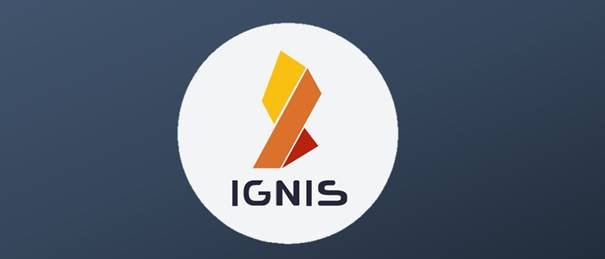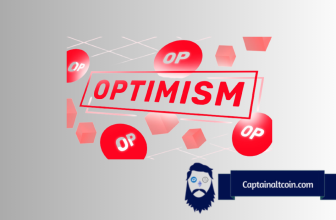

As you may know, there are quite a few interesting blockchain projects out there today which are hardly ever talked about, and most of the time, most of the people don’t know how to react to these things. It’s very common to see existing blockchain projects introduce “child chains” in order to promote the benefits of their technology. One of those child chain projects is Ignis, which is the only child chain on the Ardor platform that is guaranteed to be permissionless and to support all available features. As a result of being a child chain, Ignis will have basically all of the features that Nxt and Ardor currently have, plus a few new ones. Also, any other child chains that will come after will be based on Ignis and they will have all the features of Ignis. However, some of them may be disabled in some child chains.
What you'll learn 👉
What Exactly Is Ignis?
Some of you may recall that Ardor wants to be the next generation Blockchain-as-a-Service platform offering a complete boost for business profits, efficiency, and security. The Ardor blockchain enables the addition of child chains, such as Ignis, which can retain their unique functionalities simultaneously while resident on and enjoying the security of the parent Ardor blockchain. The Ardor parent chain processes transactions and offers security and scalability to child chains. Ignis has its own native currency, which was distributed through Ignis ICO (Initial Coin Offering), which ended in November 2017. The project’s fundraising goal was $21,600,000. However, they managed to raise $15 million. Ignis was created in order to bring functionality to the Ardor ecosystem, since the parent chain will only offer very basic functionality. It supports all the features of the NXT blockchain except for the “forging” of currencies because child chains do not forge on the Ardor blockchain platform.
What Makes Ignis Unique?
It’s not easy to find the main use case for Ignis on paper. The project encompasses a lot of different features and tools, including composite phasing, asset share increase, plugins, asset control, account monitor, coin shuffling, messages, account leasing, phasing, voting system, marketplace, monetary system, asset exchange, and by-property phasing. It’s important to note that none of these functions are available to Ardor natively. That’s why it seems that the Ignis child chain will provide a lot of extra features while retaining the security and underlying technology found in NXT. Ignis is a very technical project, so it’s all a bit complicated to understand.
?Europeans like Bitpanda exchange as our article on it explains in more detail.
One of the most interesting features of Ignis is coin shuffling. It is a privacy feature built on similar NXT technology available today and lets users mix their funds quickly and efficiently through random mapping. However, it’s important to note that it does not provide complete anonymity. The coin shuffling is closely linked to the Ignis Monetary System, which lets users to create and trade user-defined tokens called currencies, which are a specific class of asset which have several extra parameters, such as the ability to back them with the Ignis crypto-currency to stabilise their value. These Monetary System currencies can be freely traded through external exchanges or using the decentralized exchange feature.
The phasing aspect of Ignis is another feature well worth taking into account. This feature allows transfers to benefit from deferred execution regardless of any conditions associated with the transfer. For instance, it is definitely possible to run a crowdfunded VC firm on Ignis. Users can sell company shares on Ignis in order to raise money, and the phasing element can also influence how payments are made between the crowdfunding VC firm and the ventures in which it invests. For example, payments could succeed only if a majority of asset holders approve them, and such specific conditions will allow for many different business models in which most consensus-oriented processes will be completely decentralized.
Ignis Roadmap
The Ardor project has a very interesting roadmap, and in the evolution of their first product, Nxt, they kicked off the year with a number of key developmental goals in their pursuit to launch Ardor to market. This will undoubtedly have an impact on Ignis as well. For now, the plan is to introduce additional child chains on the mainnet and to onboard new developers, quality assurance, and a support team. They also want to introduce more exchanges to allow for freely trading these new currencies and assets. Also, in Q2 of 2018, child chain transactions will be pruned and snapshot data will be shared between testnet nodes, and will go live on the mainnet a couple of months later. Other than that, there is not many information about the future of Ignis specifically. However, it is logical to assume that the people behind the project will release more information as it becomes available.






